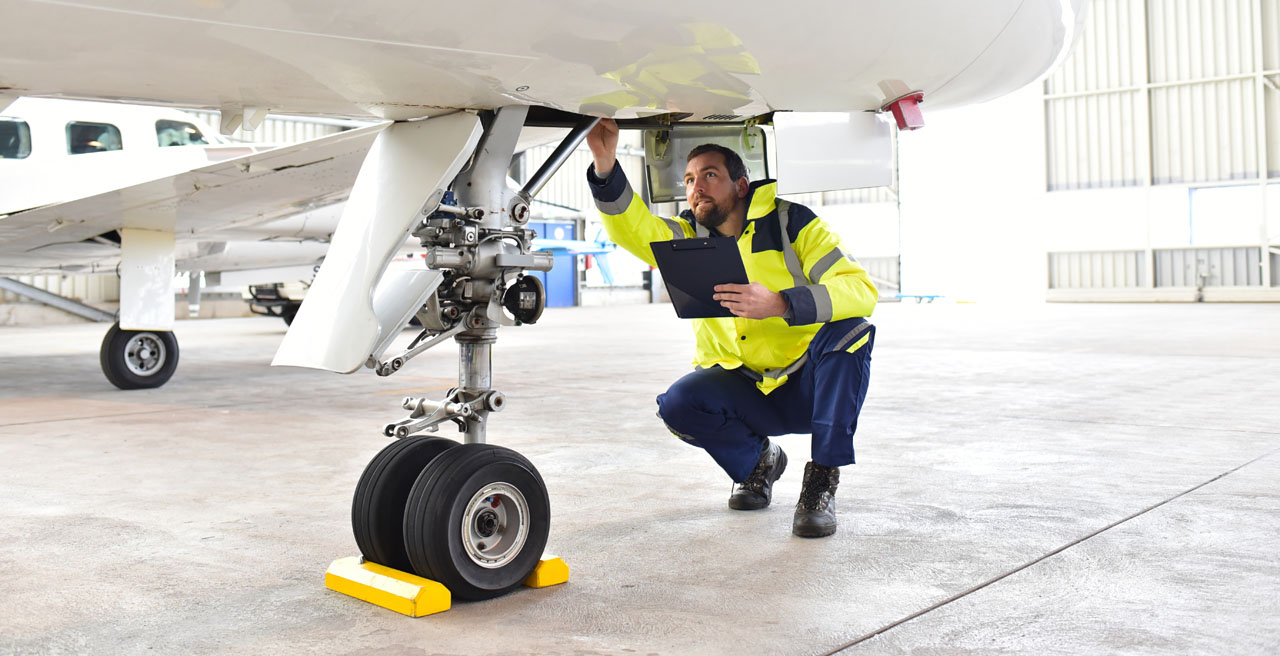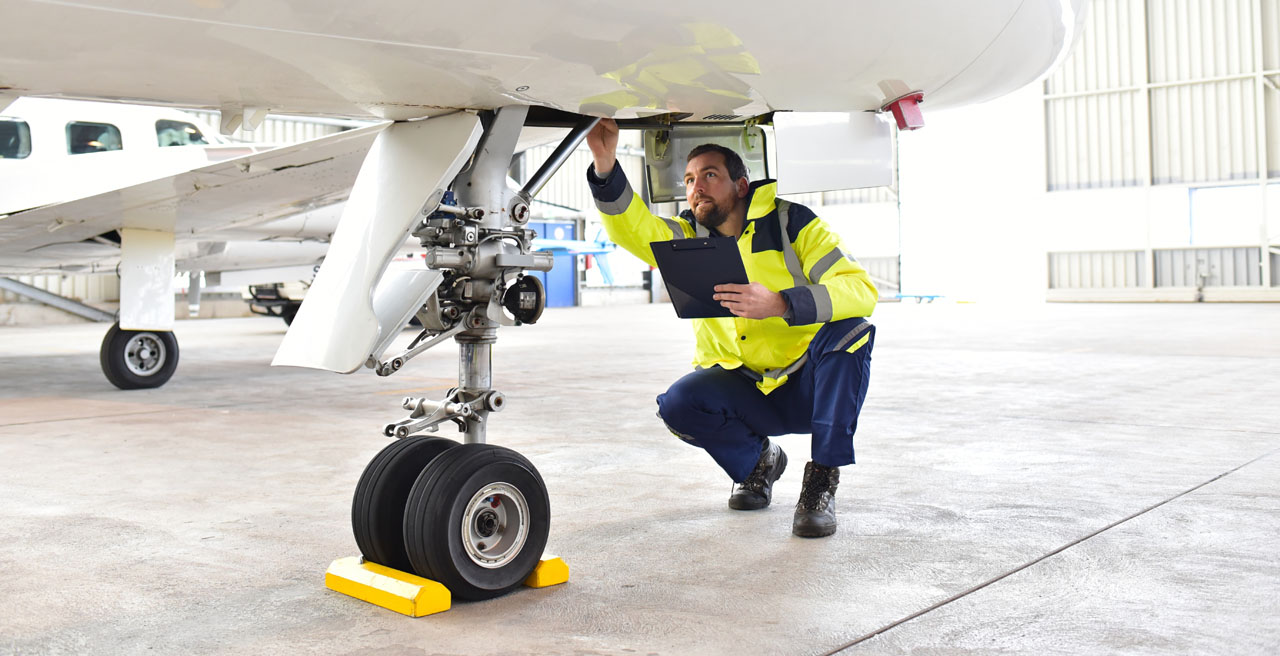
IATA’s annual safety report shows improvements in global aviation safety
The post IATA’s annual safety report shows improvements in global aviation safety appeared first on TD (Travel Daily Media) Travel Daily Media.

The International Air Transport Association (IATA) released its 2024 Annual Safety Report listing progress in the field of aviation safety today, 26th February.
This latest report shows that the global commercial aviation sector delivered another year of strong overall performance on safety.
There were a number of notable improvements, especially with regard to the five-year average of several key parameters for aviation safety.
Notable highlights
In 2024, the all-accident rate of 1.13 per million flights, roughly one accident per 880,000 flights, was better than the five-year average of 1.25.
However, this was not as good as the 1.09 recorded in 2023.
It should also be noted that there were seven fatal accidents in 2024, among 40.6 million flights: higher than the single fatal accident recorded in 2023 and the five-year average of five fatal accidents.
Likewise, there were 244 on-board fatalities in 2024, compared to the 72 fatalities reported in 2023 and the five-year average of 144.
Fatality risk remained low at 0.06, below the five-year average (0.10), although double the 0.03 reported in 2023.
According to IATA director-general Willie Walsh, it is important to remember that accidents are extremely rare.
Walsh said: “The long-term story of aviation safety is one of continuous improvement. A decade ago, the five-year average was one accident for every 456,000 flights. Today, the five-year average (2020-2024) is one accident for every 810,000 flights. That improvement is because we know that every fatality is one too many. We honour the memory of every life lost in an aviation accident with our deepest sympathies and ever greater resolve to make flying even safer. For that, the accumulation of safety data, including the 2024 safety report, is our most powerful tool.”
It should also be noted that airlines registered under the IATA Operational Safety Audit (IOSA) had an accident rate of 0.92 per million flights, significantly lower than the 1.70 recorded by non-IOSA carriers.
Action needed in conflict zones
While accidents and incidents related to conflict zones are considered security-related events and not included or alluded to directly in the annual safety report, these and the growing number of Global Navigation Satellite System (GNSS) interference incidents are a top concern for aviation safety.
That said, IATA officials pointed out that this issue demands urgent global coordination.
Walsh said: “No civil aircraft should ever be a target, whether deliberate or accidental, of military operations. Governments must step up, enhance intelligence-sharing, and establish clearer global protocols to prevent such tragedies and safeguard civilian aviation.”
2024 saw the downing of two aircraft in conflict zones: namely in Kazakhstan with 38 fatalities, and in Sudan with five fatalities.
These incidents have reinforced the importance of the Safer Skies initiative, established in the aftermath of the PS752 tragedy to facilitate safeguards in high-risk airspace.
Meanwhile, data from the IATA Incident Data Exchange (IDX) also noted a sharp increase in GNSS-related interference, which can mislead aircraft navigation systems.
While there are several back-up systems in place to support aviation safety even when these systems are affected, these incidents still pose deliberate and unacceptable risks to civil aviation.
GNSS interference is most prevalent in Türkiye, Iraq, and Egypt.
Reports of GNSS interference, including signal disruptions, jamming, and spoofing, surged between 2023 and 2024. Interference rates increased by 175 percent, while GPS spoofing incidents spiked by 500 percent.
The IATA director-general said of this: “The sharp rise in GNSS interference events is deeply concerning. Reliable navigation is fundamental to safe and efficient flight operations. Immediate steps by governments and air navigation service providers are needed to stop this practice, improve situational awareness, and ensure that airlines have the necessary tools to operate safely in all areas.
Walsh likewise pointed out that accident investigation is a vital tool for improving global aviation safety.
He said: “To be effective, the reports of accident investigations must be complete, accessible, and timely. Annex 13 of the Chicago Convention is clear that this is a state’s obligation. Burying accident reports for political considerations is completely unacceptable. And if capacity is the blocker, then we need a coordinated global effort to provide technical support to countries with limited accident investigation expertise.”
Safety performance per region
- North America: With 12 accidents, the all-accident rate improved from 1.53 per million sectors in 2023 to 1.20 in 2024 and was better than the region’s five-year average of 1.26. Fatality risk has remained zero since 2020. The most common accident types in 2024 were tail strikes, followed by runway damage and runway excursions. While no accidents have been linked to debris from space operations, the increasing number of rocket launches presents challenges for air traffic management.
- Asia-Pacific: With seven accidents in 2024, the all-accident rate increased from 0.92 per million sectors in 2023 to 1.04 in 2024 but remained below the five-year regional average of 1.10. Fatality risk was unchanged from 2023 at 0.15. There was no dominant classification for accidents in the region which included tail strikes, runway damage and turbulence, among others.
- Africa: With 10 accidents in 2024, the all-accident rate rose from 8.36 per million sectors in 2023 to 10.59 in 2024, exceeding the five-year average of 8.46. Africa (AFI) recorded the highest accident rate, though the fatality risk remained at zero for the second year in a row. The most common accident types in 2024 were runway excursions, followed by those related to landing gear. 40 percent of all accidents involving AFI-based operators were on turboprop aircraft. Through the IATA Focus Africa initiative, the Collaborative Aviation Safety Improvement Program (CASIP) continues to mobilize resources to address key safety challenges.
- Middle East and North Africa: With two accidents in 2024, the all-accident rate improved from 1.12 accidents per million sectors in 2023 to 1.08 in 2024 and was also better than its five-year average of 1.09. Fatality risk has remained zero since 2019. While no accidents were related to GNSS interference, it has emerged as a critical area of concern in the region.
- Commonwealth of Independent States: With no accidents in 2024, the all-accident rate improved from 1.05 accidents per million sectors in 2023 to zero in 2024, an improvement over the region’s five-year average of 2.49. Fatality risk has remained zero since 2022. GNSS interference and security risks linked to regional conflicts remain key concerns for aviation safety in the area. Note that the December 2024 downing of an Azerbaijan Airlines aircraft in a conflict zone is excluded from accident classification in this safety report. It is also important to note that CIS has limited accident information available and may undergo larger revisions than normal once more data becomes available. This may affect accident rate as well as fatality risk calculation.
- Europe: With nine accidents in 2024, the all-accident rate increased slightly from 0.95 per million sectors in 2023 to 1.02 accidents in 2024. This rate is on par with the region’s five-year average accident rate of 1.02. The fatality risk rate increased from zero in 2023 to 0.03 in 2024. The largest proportion of accidents were related to tail strikes followed by runway excursions.
- North Asia: With a single accident, the all-accident rate increased slightly from zero accidents per million sectors in 2023 to 0.13 in 2024. This was better than the region’s five-year average of 0.16 accidents per million sectors. Fatality risk has remained zero since 2022. There was only one accident involving North Asian-based operators and was related to a tail strike.
- Latin America and the Caribbean: With five accidents in 2024, the all-accident rate increased from 0.73 accidents per million sectors in 2023 to 1.77 accidents in 2024. This was better than the five-year average of 2.00. The fatality risk increased from 0.00 in 2023 to 0.35 in 2024. The largest proportion of accidents was related to tail strikes.
The post IATA’s annual safety report shows improvements in global aviation safety appeared first on Travel Daily Media.

